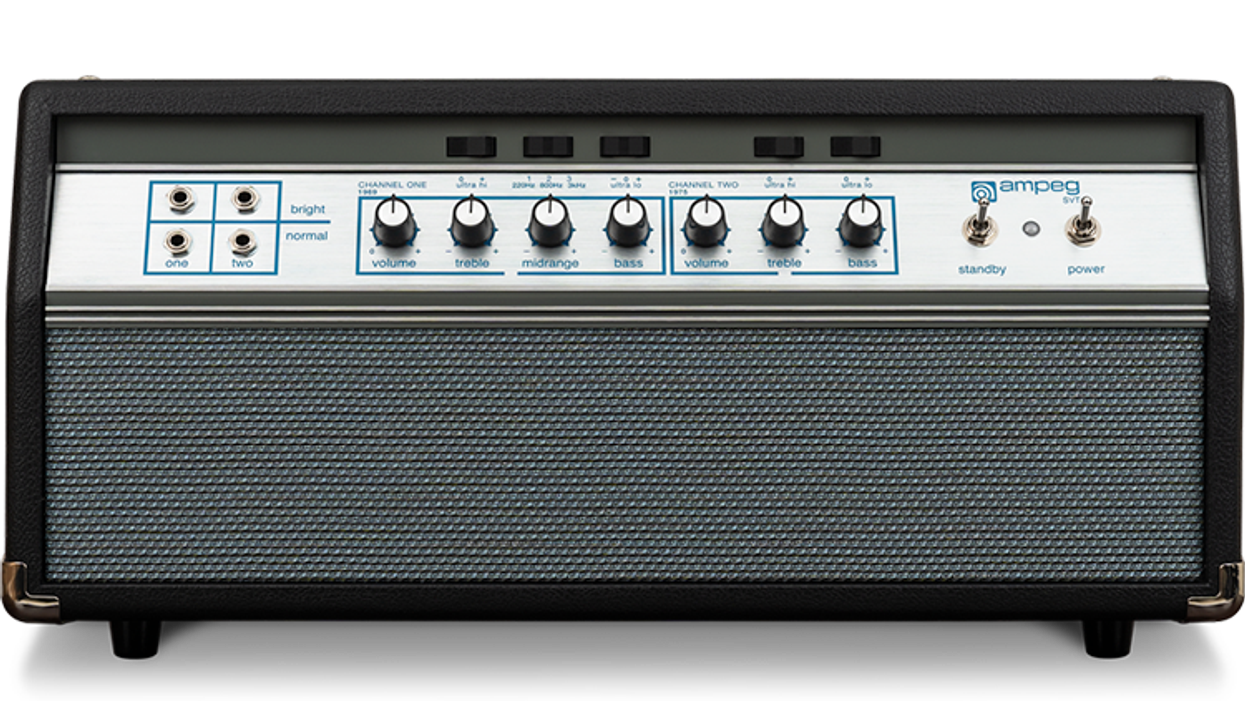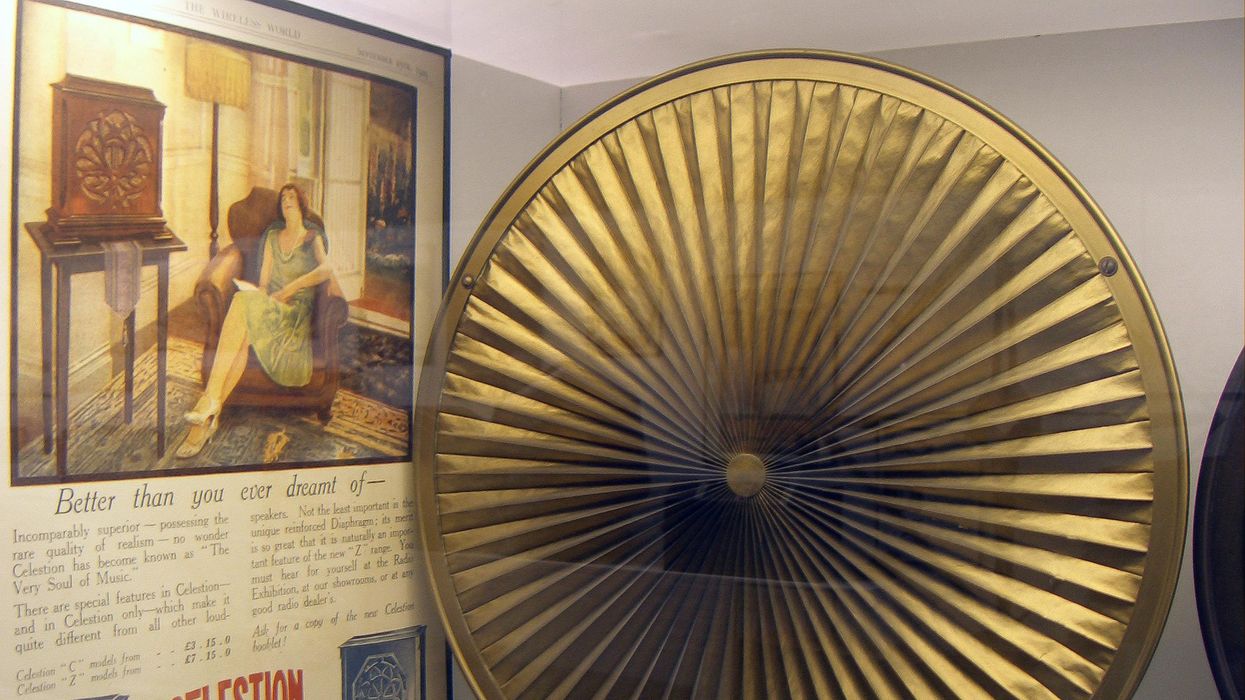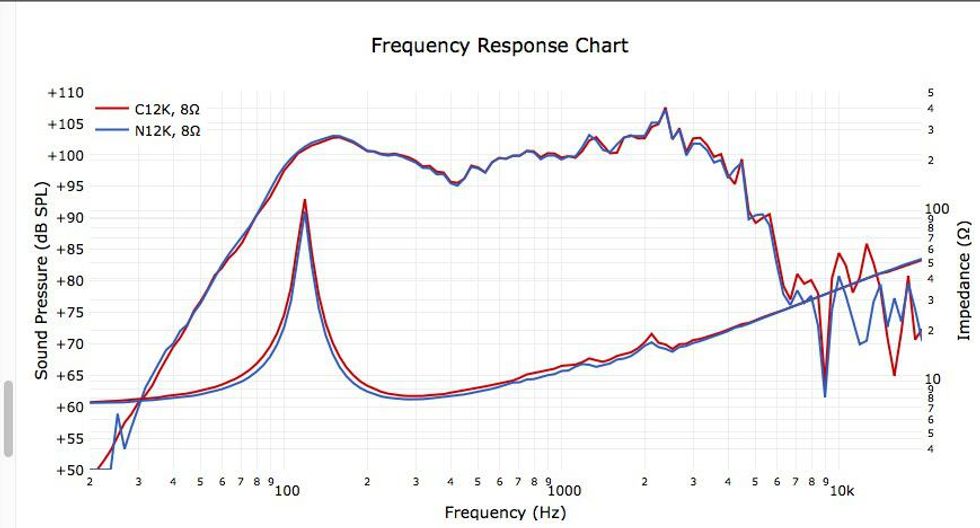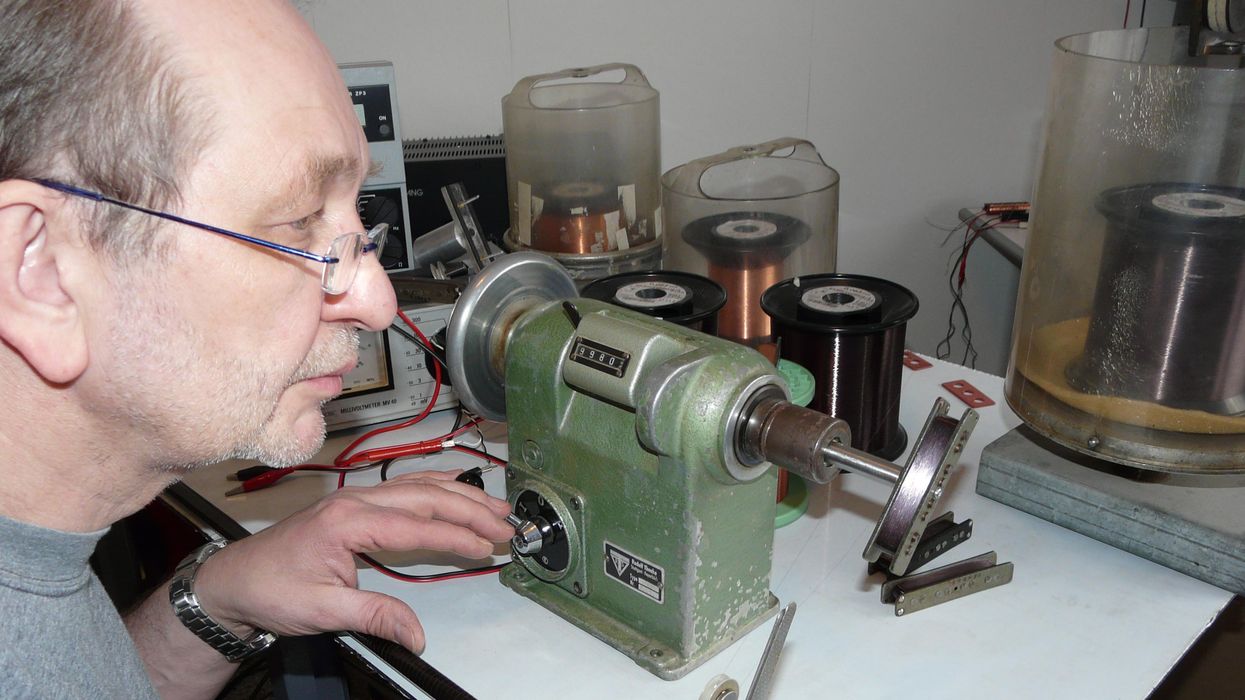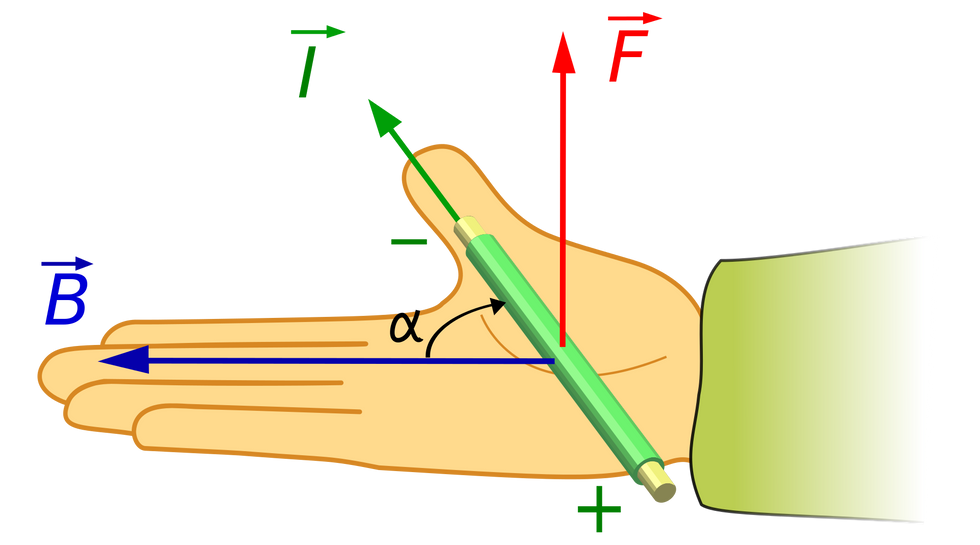Previously, we launched an overview of the most common finishes used on basses, guitars, and other stringed instruments. If you missed this, check out “The World of Finishes.” Now let’s examine the pros and cons of these finishes and discover how they can influence tone.
We apply finish to a wooden instrument to protect it from physical damage, moisture, and other environmental influences. We also consider how it potentially affects tone and how it makes the instrument look and feel. While it’s easy to evaluate the degree of protection a finish can offer, it’s much harder to determine its influence on tone, especially because this impact can be masked by other factors. In addition to the thorny question of what constitutes good tone, we must address the differences between hollow acoustic instruments and solidbody electrics—a big task for one column.
Good tone is often defined as “rich,” meaning that almost every vibration of a string gets converted into an acoustic or electric signal with minimal loss and conversion to heat. Rich tone isn’t always what we’re looking for in a specific song, but let’s remember that while it’s possible to filter something out, we can’t add something that’s not there.
Okay, given these basic concepts, what can an oil finish do for us? In a forum, one luthier unleashed a storm of controversy when he stated that oil is the most amateur finish, and he couldn’t call anyone a pro who works this way. Those who didn’t own a spray booth vehemently disagreed, but he was generally right. An oil finish offers zero protection against physical damage, except for a minimal amount if it’s mixed with a resin that cures and hardens over time. Several studies have compared the tonal differences between untreated and oiled wood, and the outcome was that all oils had a dampening effect on sound. The only essential criterion oil doesn’t fail is protection from moisture. Look and feel are subjective, so for some, oil can score well in that department.
As opposed to oil, shellac varnishes harden on top of the wood grain, adding mechanical stability and therefore physical protection. And because, unlike oil, they don’t seep into the wood grain, they don’t produce a dampening effect. Shellac layers are thin, so they help keep an acoustic soundboard light, allowing it to deliver a more dynamic, lively, and louder tone than heavier finishes. So, assuming you don’t mind having resin secreted by a lac beetle covering your instrument, a shellac finish offers sonic benefits, as well as some protection.
The same is true for nitrocellulosefinishes, but both shellac and nitro share the problem of adding only a minimal degree of mechanical rigidity, i.e., physical protection. Nitro finishes can be pretty hard, but in a thin layer it’s often the substrate that defines the overall hardness, so movements within the wood soon lead to cracks (Image 1) and thus reduced protection from moisture.
There’s a popular notion (even among some luthiers) that thin nitro finishes allow the wood to “breathe.” This seems positive because the term sounds so natural and alive. But it’s a fallacy: The tree is long dead and nitro was developed with the intention of keeping oxygen away from the metal surface of automotive parts. So much for breathing.
Other reasons why nitro gets so much praise: (1) It was used in the heyday of the electric guitar and bass, and (2) its successor was polyester, applied by chemically untrained workers. These workers applied nitro about 10 times to an instrument to give it a finish, so that’s how they worked with polyester. But because polyester has a much higher percentage of solids, this resulted in very thick and durable—yet slightly softer—layers that dampened vibration more than nitro—especially in the higher registers.
Once the finishers learned how to work with polyester, its reputation was already established and the first urethanes appeared. And that’s also when things got more complicated. Modern urethane finishes consist of two components—a basic resin (polyol) and a hardener or activator (polyisocyanate)—and the types and amounts of these two components affect the surface’s final properties, like hardness, elasticity, and scratch resistance. The two main resins used to create polyurethane are often categorized into acrylic and polyester. Though the former preceded the latter, we can’t say one is better than the other—it’s a finish’s formulation that determines its functionality. Most of the confusion here comes from marketing departments trying to set their products apart from the competition without using correct terminology. But let’s get back to what all this means for our instruments before the chemistry police show up.
Unlike the thick polyester coatings of yesteryear, modern finishes can now be applied as thin but hard layers that still retain enough flexibility to resist cracking as the wood “works.” And these new finishes are less toxic to work with than nitro, and they’re impervious to UV light and almost any solvent. So why do we still see so much nitro in advertising? Simply because “vintage vibe” sells, whether there’s a poly layer underneath or almost no nitro in the final finish. Ah, the power of buzzwords.








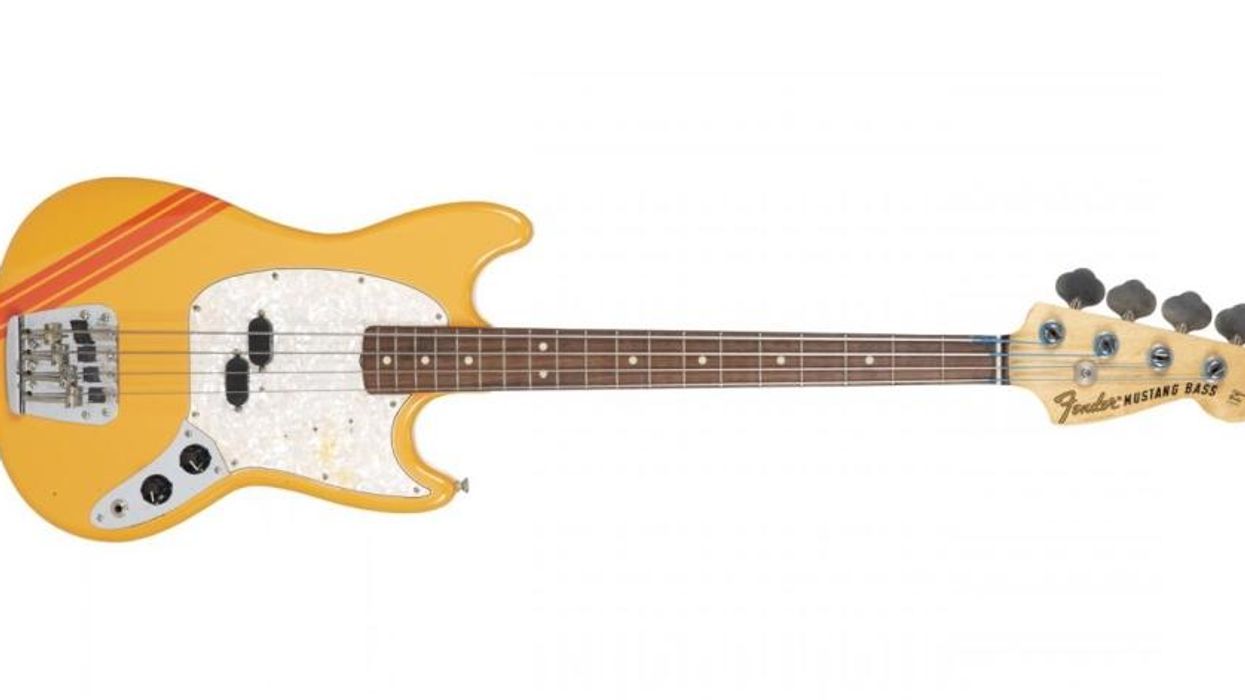


![Rig Rundown: Russian Circles’ Mike Sullivan [2025]](https://www.premierguitar.com/media-library/youtube.jpg?id=62303631&width=1245&height=700&quality=70&coordinates=0%2C0%2C0%2C0)



![Rig Rundown: AFI [2025]](https://www.premierguitar.com/media-library/youtube.jpg?id=62064741&width=1245&height=700&quality=70&coordinates=0%2C0%2C0%2C0)
